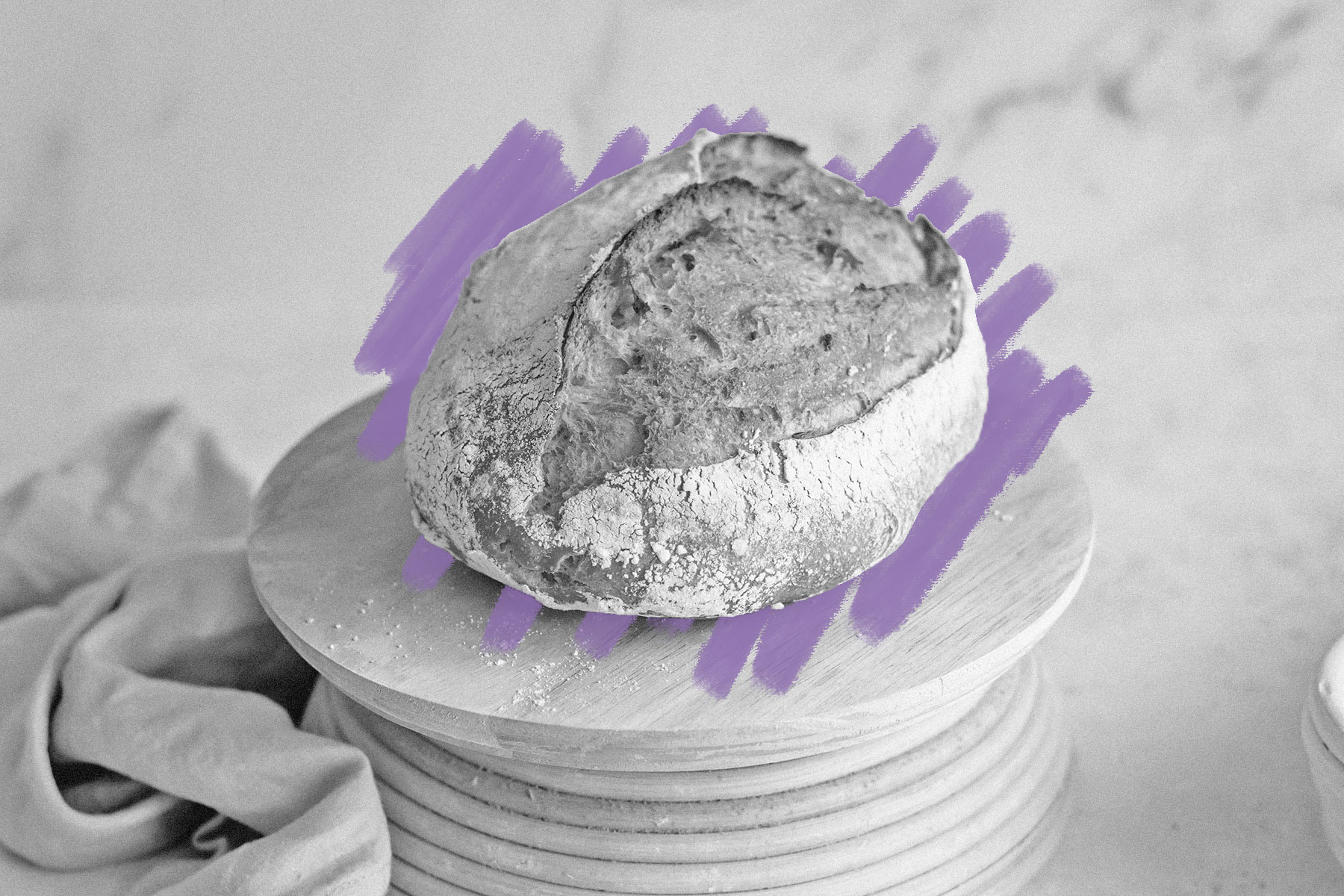The world’s oldest bread loaf is more than 8,000 years old.
Bread is such a staple food that it’s often synonymous with sustenance itself, as in “putting bread on the table,” “breadwinner,” or “daily bread.” Indeed, humans have been eating bread for a long, long time. The earliest loaf of bread ever discovered is a whopping 8,600 years old, unearthed at Çatalhöyük, a Neolithic settlement in what is now southern Turkey, comprised of mud-brick dwellings built on top of one another.
While excavating the site, archaeologists found the remains of a large oven, and nearby, a round, organic, spongy residue among some barley, wheat, and pea seeds. After biologists scanned the substance with an electron microscope, they revealed that it was a very small loaf of uncooked bread. It had been fermented, like a sourdough loaf, and someone had pressed their finger in the center of it. The dough had been encased in clay, which allowed it to survive for thousands of years.
The preserved loaf dates back to around 6600 BCE, but by that point, humans had already been baking bread for thousands of years. Some baking even predates agriculture, meaning our prehistoric ancestors were making the food with foraged grains. The oldest known evidence of bread, found in the Black Desert in modern-day Jordan, dates back around 14,000 years. Researchers recovered crumbs from large, circular stone fireplaces — one archaeobotanist compared it to the charred crumbs at the bottom of a toaster. This ancient bread was made of wild wheat and root vegetables, kneaded, then baked on hot stones. The process would have been labor intensive, so archaeologists theorize that bread was a treat reserved for special occasions.















